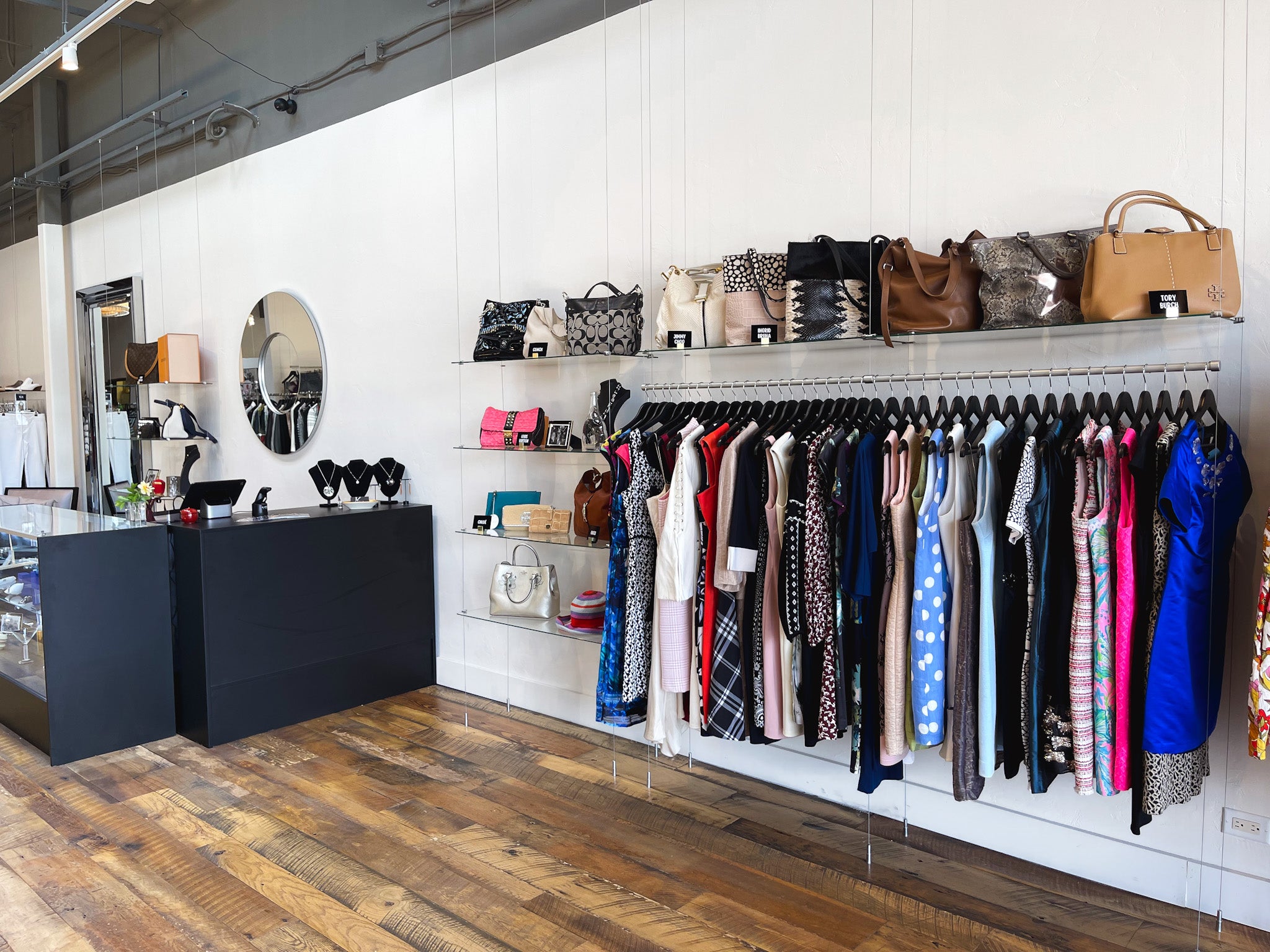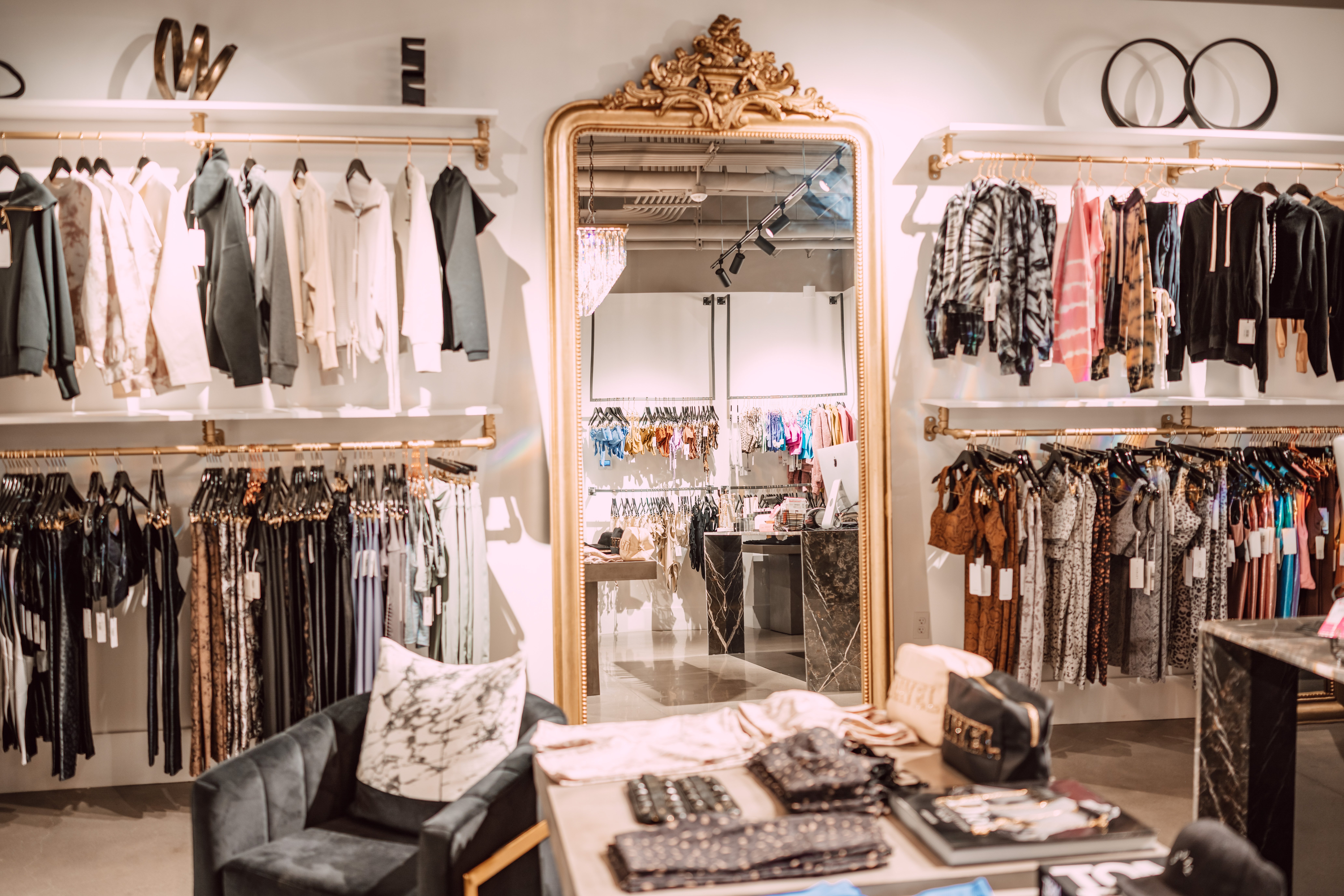Discover the most recent Trends in Boutique Fashion for Every Period
Discover the most recent Trends in Boutique Fashion for Every Period
Blog Article
Checking Out the Development and Impact of Clothes on Modern Style Trends
The development of clothes has actually dramatically affected modern-day fashion fads, combining historical criteria with innovative technologies. Legendary numbers like Coco Chanel and Yves Saint Laurent transformed the fashion business by introducing principles that focus on comfort and accessibility, which continue to reverberate today. Meanwhile, technical strides in locations such as 3D printing and smart textiles are redefining style opportunities and customer experiences. Furthermore, the growing emphasis on inclusivity and sustainability is improving market criteria. As we consider these diverse influences, one have to question just how these elements collectively redefine fashion's role in mirroring and shaping modern society.
Historic Style Influencers
In the tapestry of style history, specific numbers have actually left an enduring mark, shaping the fads and styles that specify whole ages. Coco Chanel, a cutting edge developer, redefined females's style by presenting comfortable, classy garments that left from restrictive corsets.
Elsa Schiaparelli is another pivotal figure, renowned for her avant-garde designs that included surrealist art, working together with Salvador Dalí to develop whimsical pieces that challenged traditional aesthetics. Her innovative use of color and bold patterns resounds in modern style. Yves Saint Laurent, on the other hand, equalized haute couture with prêt-à-porter collections, bringing runway designs to the masses and establishing a precedent for modern ready-to-wear lines.
These visionaries, among others, not just transformed fashion in their times yet additionally set sustaining trends that resonate in today's apparel industry, providing a structure upon which modern designers remain to introduce and build. Their legacies highlight the significance of imagination and bold in fashion's ever-evolving narrative.
Technological Developments in vogue
In the middle of the vibrant landscape of the apparel industry, technical innovations stand at the leading edge of innovation, improving just how developers develop and consumers involve with fashion. The combination of 3D printing has actually changed design processes, allowing designers to try out complicated frameworks and sustainable products that were formerly unthinkable. This modern technology promotes rapid prototyping, lowering waste and speeding up production times.
-a1f7b3f.jpg)
Smart textiles, installing modern technology right into materials, are additionally transforming the market. Technologies like temperature-regulating and self-cleaning materials offer improved capability and comfort. Wearable innovation, integrating functions like physical fitness tracking and interaction, adds a brand-new dimension to fashion, merging aesthetic appeals with practicality.
Social Changes and Style
As technical innovations remain to reshape the fashion business, social changes are equally significant, redefining style and customer preferences. Recently, the increase of social networks platforms has actually accelerated the circulation of global fashion patterns, permitting varied cultural impacts to exist side-by-side and converge. This digital interconnectivity has actually helped with the quick exchange of ideas, leading to a much more comprehensive and eclectic interpretation of style that mirrors the diverse nature of modern-day culture.
Social recognition and appreciation have prompted developers to attract ideas from a more comprehensive range of historic and ethnic contexts, incorporating typical themes with modern aesthetic appeals. This blend has led to fashion that reverberates with a larger audience, advertising a feeling of identification and belonging across different demographics. Furthermore, the enhancing need for personalization has driven brands to supply personalized choices, allowing consumers to express originality while showing their cultural heritage.
Additionally, shifting societal values have actually affected fashion, with inclusivity and variety ending up being central styles. The market has actually begun to embrace models and influencers of various body kinds, ethnic cultures, and gender identities, challenging standard beauty standards. This makeover emphasizes the power of cultural shifts fit the future of style, as design ends up being an extra authentic expression of individual and collective identity.
Sustainability and Modern Style
While the fashion sector continues to progress, the vital for sustainability has actually ended up being progressively our website immediate, influencing modern-day style methods. This shift intends to attend to honest considerations and environmental worries, leading to a reevaluation of typical production methods. Developers are currently integrating lasting materials, such as natural cotton, recycled polyester, and biodegradable fabrics, right into their collections, minimizing the environmental impact of fashion. The rise of slow fashion, which emphasizes quality over quantity, urges customers to purchase classic pieces instead than short-term trends.
Additionally, contemporary design is defined by its development in lessening waste and advertising circularity. This approach not only mitigates environmental influence but additionally boosts the social duty of fashion houses.

Future Trends in vogue

Sustainability will proceed to be a driving pressure in shaping future fashion fads. The market is progressively taking on eco-friendly materials and honest production methods, replying to an expanding consumer demand for accountable methods. Developments such as bio-fabricated link materials and closed-loop recycling systems are established to redefine just how garments is created and taken in, lowering environmental influence while preserving style and quality.
Cultural changes, consisting of the surge of inclusivity and variety, will certainly also play a crucial role. As society becomes more aware of social issues, fashion is anticipated to come to be a platform for expression and modification. Developers will likely focus on creating collections that mirror a wider series of identities and experiences, promoting representation and access.
Verdict
The evolution of garments considerably affects modern-day fashion fads, where historical impacts combine with contemporary layouts. This continuous evolution emphasizes fashion's role as a mirror to societal worths and technological development, recommending a future rich with technology and inclusivity.
The development of garments has actually substantially influenced modern-day style trends, merging historical precedents with innovative technologies.Amidst the dynamic landscape of the style market, technological developments stand at the forefront of advancement, improving how designers produce and consumers engage with fashion.While the fashion market continues to progress, the imperative for sustainability has actually become increasingly urgent, affecting modern design methods. As sustainability ends up being embedded in original site modern-day design, it leads the means for a much more responsible and mindful fashion sector.
The advancement of clothing considerably affects modern style fads, where historical influences merge with contemporary layouts.
Report this page